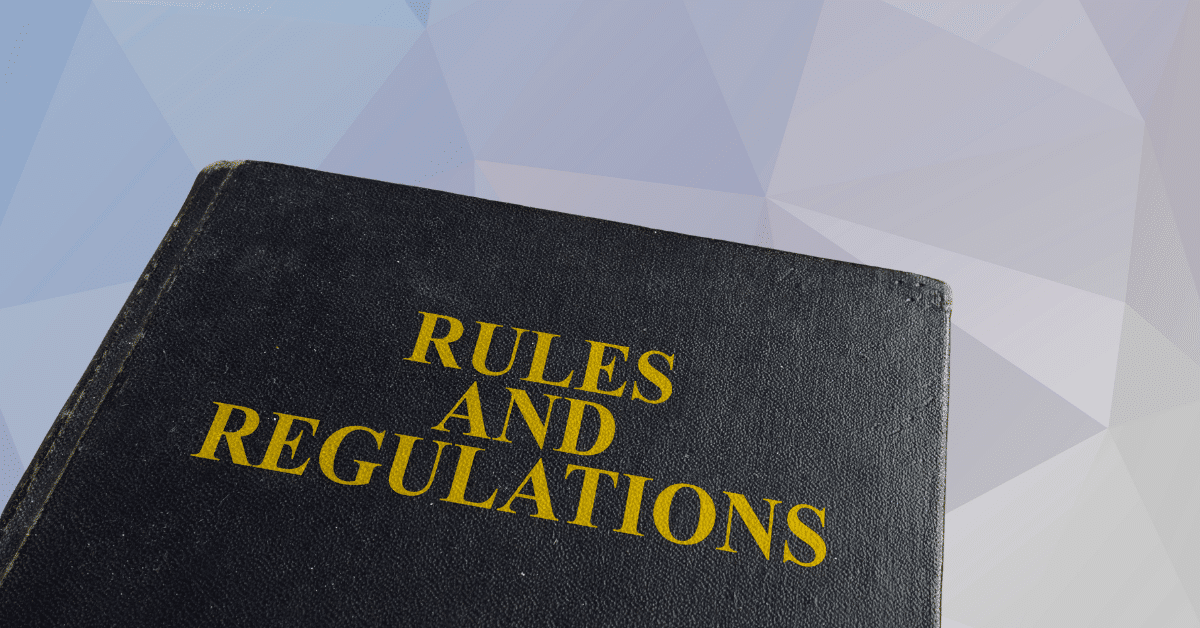I still remember the first time an HR lead—let’s call her Maya—called in a panic. Her company had grown quickly; they’d crossed the five-employee mark months earlier, and a complaint had just landed.
Their policy existed, but training had slipped. Maya’s question was simple: “What happens if we haven’t trained everyone yet?”
If your company sits anywhere near that question, this guide is for you. Below is a plain-English look at what California law expects, what “penalties” look like in real life, and how to get compliant without stopping the business cold.
Along the way, you’ll see internal links to key concepts, such as Sexual Harassment Training Under California, so you can jump straight to the details you need.
Why This Topic Matters In California
California requires employers with five or more employees to train both supervisory and nonsupervisory staff on preventing sexual harassment and abusive conduct, with refresher training every two years.
New hires and newly promoted supervisors are expected to be fully productive within six months. The point isn’t to check a box—it’s to help people spot problems early, speak up safely, and resolve issues before they spiral.
If you’re racing the calendar, start by reviewing the requirements for sexual harassment training to ensure your plan covers hours, timing, and record-keeping.
Penalties For Not Providing Sexual Harassment Training
California doesn’t usually hand out a flat “ticket.” The penalties for not providing sexual harassment training show up in several ways:
- Order To Comply
The state can require you to complete training and document it. If you’re out of step, you’ll be told to fix it—fast. - Weakened Defenses In Lawsuits
Training is part of “reasonable steps” to prevent harassment. Skip it, and you lose a key argument when defending a claim. - Bigger Settlement Pressure
Noncompliance often leads to mandated training in settlements or orders, as well as additional legal fees and administrative time that you didn’t budget for. - Contract And Reputation Risk
Larger customers and public agencies may ask vendors to certify compliance. Gaps can cost bids or renewals. - Costly Remediation
Late compliance results in rushed scheduling, paid time to train, and a scramble to rebuild records.
Who Must Train, How Often, And By When
- Coverage: Employers with five or more employees (including part-time) must provide training to California employees.
- Hours: Two hours for supervisors; one hour for nonsupervisors. Repeat every two years.
- Deadlines: Train new hires and newly promoted supervisors within six months.
- Temporary or Seasonal: If employed for fewer than six months, train within 30 days of hire or 100 hours worked—whichever comes first. For temps placed by agencies, the agency trains.
- Records: Keep certificates or rosters and training materials for at least two years.
What Counts As Training In California
California expects effective, interactive learning. That can be a classroom, a live webinar, or e-learning with real-time interaction—employees ask questions and receive timely answers from a qualified trainer. Your agenda should align with the topics covered in sexual harassment training, including practical scenarios, and explain how to report concerns and what the next steps are.
Topics Covered In Sexual Harassment Training
Your program should cover, at a minimum:
- Definitions of sexual harassment under state and federal law
- How to report concerns, internal contacts, and external options
- Supervisor duties include acting, documenting, and following up
- Retaliation prevention, examples, and remedies
- Abusive conduct (anti-bullying) and bystander awareness
- Inclusive instruction on gender identity, gender expression, and sexual orientation
- Investigation basics and what corrective action can look like
If you need a quick content review, compare the topics covered in your sexual harassment training with your current slides or vendor syllabus.
Can California Training Be Done Online
Yes—if it’s interactive and meets the hour requirements. Many employers blend short e-learning segments with live Q&A sessions to maintain momentum without pulling teams off the floor for half a day. If you’re evaluating options, use this as your anchor: Can California Sexual Harassment Training Be Done Online to confirm what qualifies.
If you prefer more structure than an introductory module, look for a Sexual Harassment in California training course that uses realistic scenarios, lets employees ask questions, and exports clean completion records.
Is Harassment Training Mandatory In California
Yes. If you employ five or more workers in California, training for both supervisors and nonsupervisors is mandatory, with refresher training required every two years. Special timing rules apply to temporary and seasonal staff. If a manager ever says, “Do we really have to?” send them this link: Is Harassment Training Mandatory in California?
A 30-Day Compliance Roadmap
Week 1: Map The Gap
List every California worker, mark supervisor status, last training date, and language needs. Flag temporary or seasonal employees who must be trained within 30 days or 100 hours. Review your policy and confirm that it covers reporting, investigations, and anti-retaliation procedures.
Week 2: Pick The Path
Select your preferred delivery method (live, webinar, or e-learning). Confirm it’s interactive, hits the hour totals, and aligns with the requirements for sexual harassment training. If you use a vendor, request a syllabus that is mapped to California law.
Week 3: Schedule And Communicate
Schedule sessions during paid time on the calendar. Send invitations that explain why this matters, how to access the course, and where completion records are stored. Offer language options and accessibility notes.
Week 4: Train, Track, And File
Deliver the training, collect certificates, and store rosters and materials for at least two years. Add every employee to a two-year retraining calendar. For new hires and new supervisors, preload reminders at 30, 60, and 90 days.
Common Mistakes That Create Risk
- Treating Training As A Checkbox
Programs that skip interaction, retaliation education, or supervisor duties miss the mark both legally and culturally. - Forgetting Temporary And Seasonal Staff
The 30-day/100-hour rule trips up otherwise careful teams. - Ignoring LGBTQ+ Content
California expects examples inclusive of gender identity, gender expression, and sexual orientation. - Letting Records Drift
No certificates or rosters means no proof during audits or disputes.
A Quick Word On Complaints And Culture
Clear policies, trusted reporting channels, and fair investigations support training. When leaders model respect and respond promptly, teams speak up sooner, problems are addressed earlier, and morale improves. After Maya’s team completed their sessions, HR reported more confident conversations and faster resolution of minor issues—small changes that prevented bigger ones.
FAQs
Is sexual harassment training in California required for small businesses with five or six people
Yes. Once you have five or more workers, you must provide one hour of training to nonsupervisors and two hours of training to supervisors. Repeat every two years. New hires are trained within six months, and new supervisors are trained within six months of assuming the role. Temporary and seasonal staff have a 30-day or 100-hour timeline.
Is sexual harassment training in California allowed online, or does it have to be live
Online training works if it is interactive and meets California’s hour requirements. Many employers use blended formats, combining short e-learning modules with live Q&A sessions. Ensure that employees can ask questions, receive timely answers, and obtain completion records that you can store for at least two years.
Is sexual harassment training in California enforced with fines if we are late
California typically orders employers to comply rather than issuing an immediate flat fine. That said, noncompliance weakens your defenses in a harassment case and often leads to mandated training through settlements or orders, along with legal costs and administrative time.
Is sexual harassment training in California required for temporary or seasonal staff
Yes. If they work fewer than six months, train them within 30 calendar days of hire or within 100 hours worked—whichever comes first. If a staffing agency supplies the worker, the agency handles the training. Keep completion records with your other compliance files.
Is sexual harassment training in California supposed to cover bullying and LGBTQ+ topics
Yes. California requires instruction on abusive conduct, plus examples related to gender identity, gender expression, and sexual orientation. Include practical scenarios, bystander guidance, and clear reporting steps so employees know what to do and where to go for help.


















